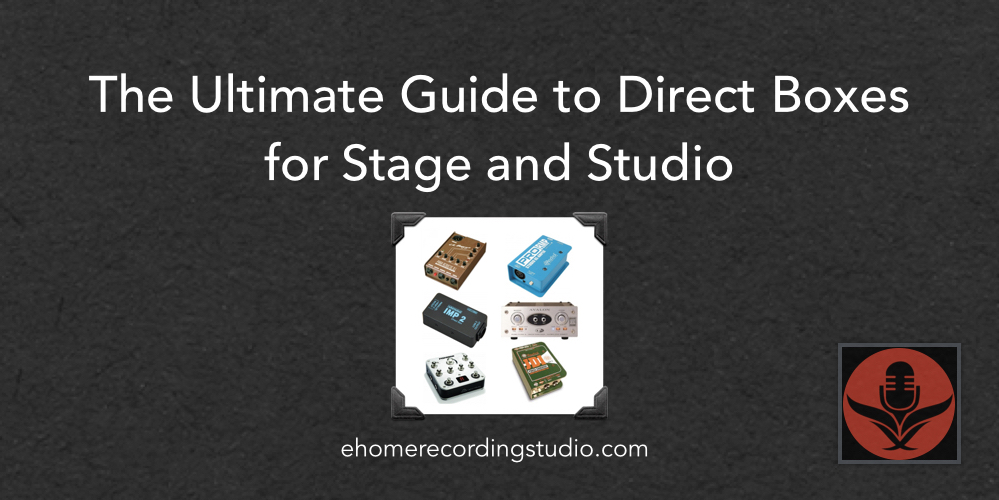spantini
COO of me, inc.
I was doing a little online snooping for direct boxes when I came across this article. I'm lightly acquainted with Passive, Active and Re-Amp models but have no previous knowledge of Acoustic or Stereo.
I've used DIs in other studios - they looked like big, grey, electrical boxes with fat cables. Nothing like the small, colorful units home studios might have at hand.
This article mentions Active DIs amplifying the output of passive basses, but reducing headroom. I'm curious to know how much difference in output (sound) I could expect using one with my passive bass(es). I wouldn't want the cheapest DI, so putting out $150-200 for a model that would actually boost output without deteriorating sound quality is what I'd be shooting for.

 ehomerecordingstudio.com
ehomerecordingstudio.com
I've used DIs in other studios - they looked like big, grey, electrical boxes with fat cables. Nothing like the small, colorful units home studios might have at hand.
This article mentions Active DIs amplifying the output of passive basses, but reducing headroom. I'm curious to know how much difference in output (sound) I could expect using one with my passive bass(es). I wouldn't want the cheapest DI, so putting out $150-200 for a model that would actually boost output without deteriorating sound quality is what I'd be shooting for.

Direct Boxes 101: The Ultimate Buyer's Guide
The #1 Costly Mistake to AVOID When Shopping for Direct Boxes | PLUS, The 7 Best Direct Boxes of Today that You Absolutely MUST-KNOW.
 ehomerecordingstudio.com
ehomerecordingstudio.com

